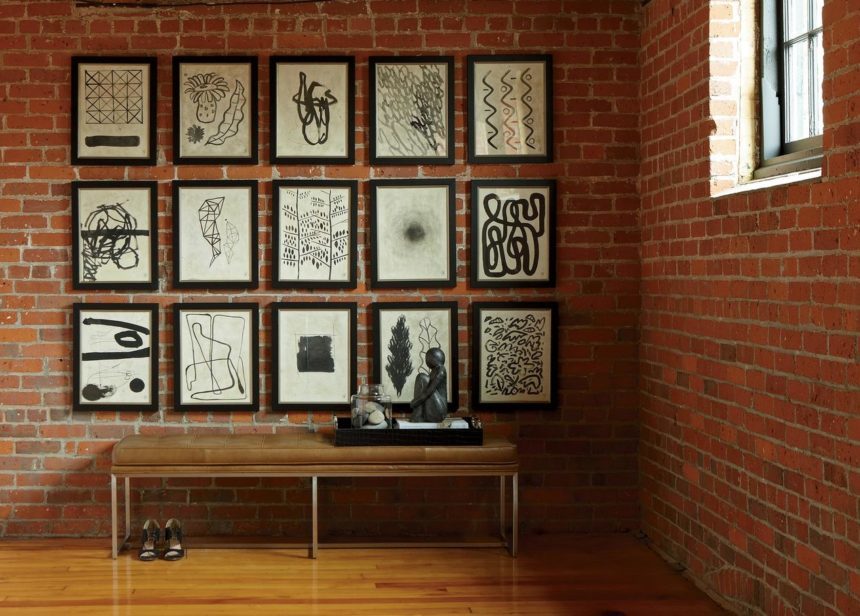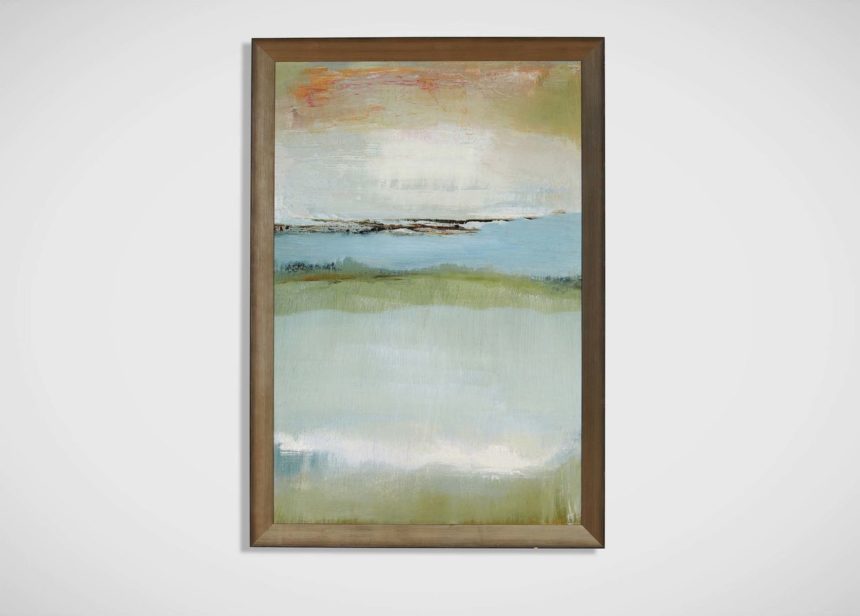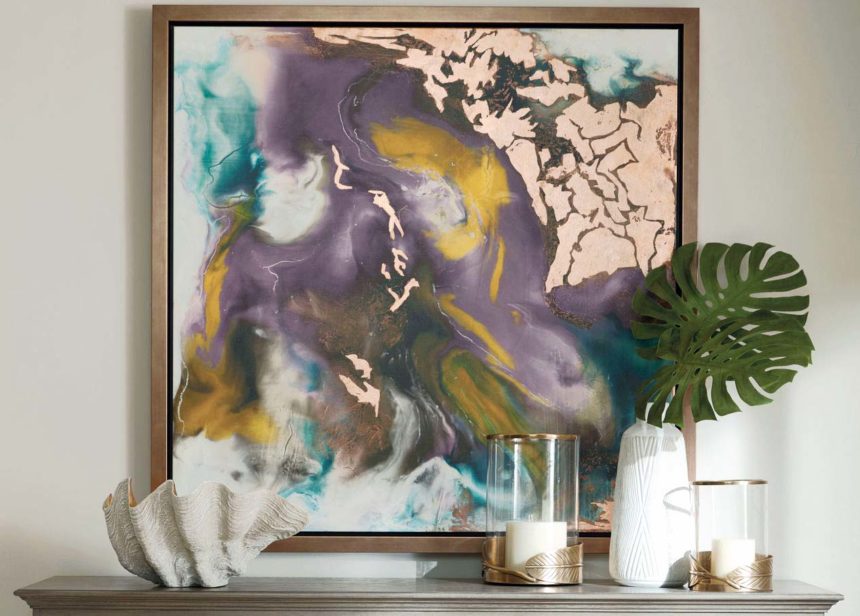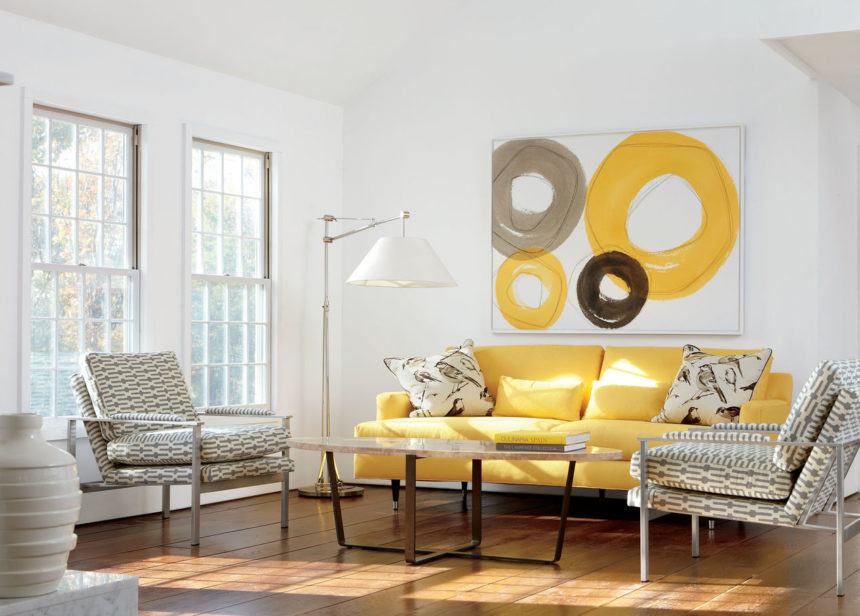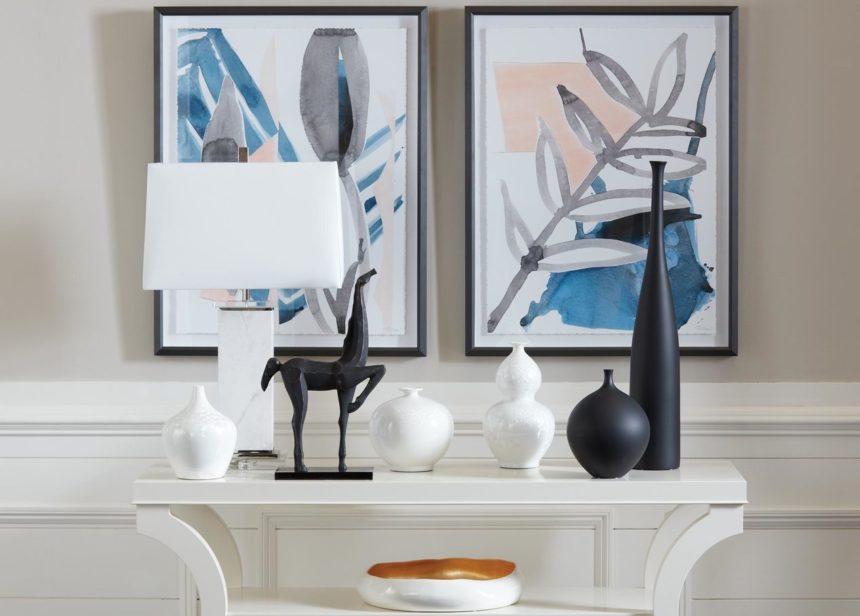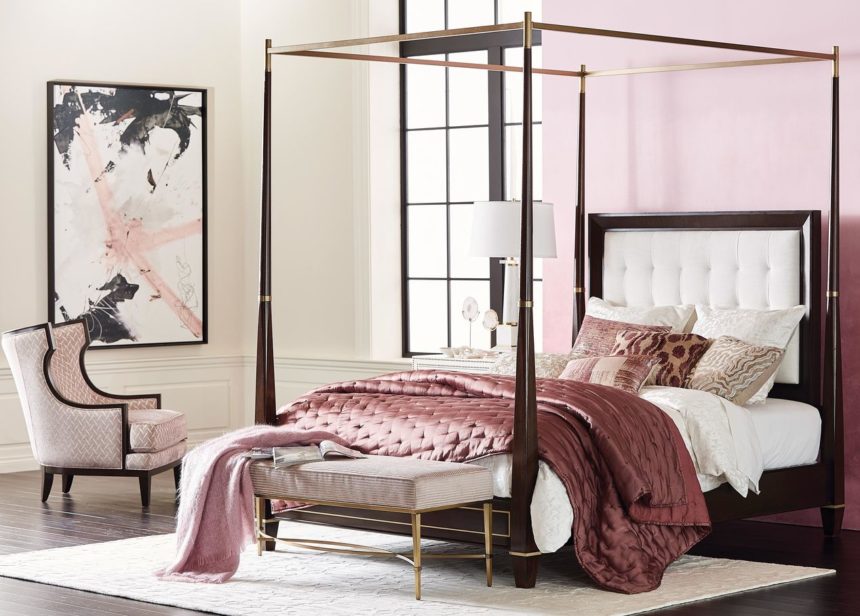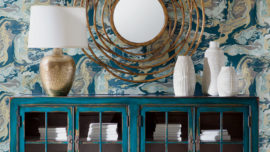Decorating with Abstract Artwork
Which of these is a painting of a train station?

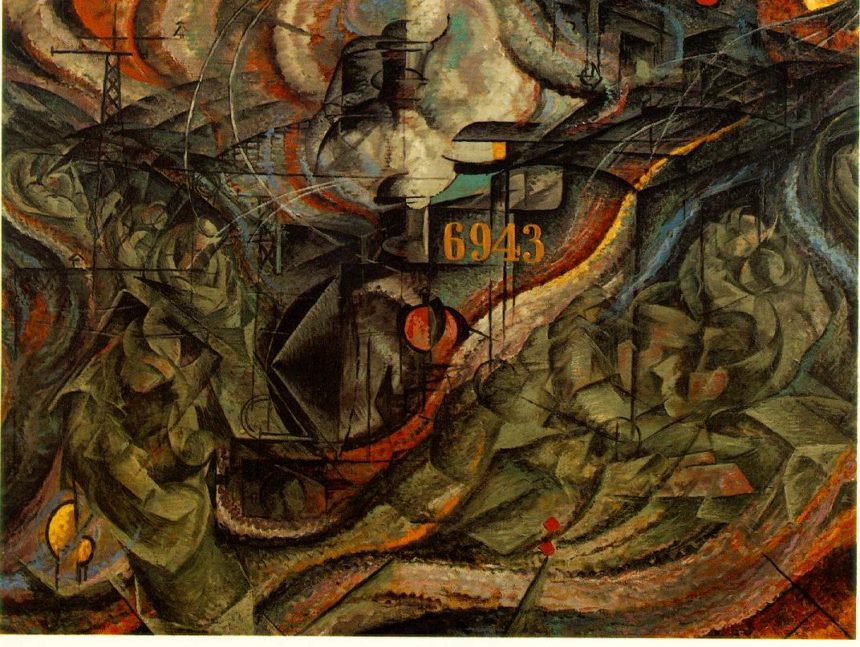
The correct answer is that both are—at least, according to the artists.
Continuing our World Art Day 2018 celebration, let’s pull back the curtain on abstract art and how you can use it in your space. Whether you love it, dislike it, feel intimidated by it, or find it intriguing, abstract art provokes an emotional response.
World Art Day Theme: Abstract Art
According to Wassily Kandinsky, one of history’s first and most prominent abstract artists, abstract paintings are about using color to provoke an emotion. They have no physical subject; instead, form and hue are the focus. Instead of re-creating an object from the physical world, they bring the artist’s interior world outside.
The train station paintings illustrate Kandinsky’s point perfectly. The piece on the right, States of Mind II: the Farewells by Umberto Boccioni, is an abstract artwork painting designed to show what’s in the minds and hearts of people at a train station. Instead of showing people’s facial expressions to explain what they’re feeling, like the painting on the left does, Boccioni uses shape and color to show the feelings people experience in a train station.
For the departure of someone they don’t see often enough, sadness.
For the loss of someone who’s saying goodbye forever, grief.
For the beginning of a first journey to a new place, anticipation.
And for sending off a relative who has overstayed their welcome, relief!
Abstract painting can be gestural or figurative, geometric or fluid. What it is not is a rendition of something from the physical world. Monet’s impressionism, Dali’s surrealism, and Picasso’s cubism are predecessors of abstract, but they’re not part of the abstract movement.
Because they don’t have a clear subject, abstract paintings can be a little hard to label. They can be Jackson Pollack’s spattered action paintings or Mark Rothko’s color-field paintings. But good news: The same qualities that make abstract artwork hard to talk about also it make perfect for decorating.
Secrets from the Pros
When you purchase furniture, we recommend making a long-term investment in something that will last, with timeless fabrics and finishes that can translate in any décor. Then, you can use artwork to change the vibe of a room whenever you feel like it—no redecorating needed.
Here are some more of our favorite tips:
- You might think abstract artwork in a traditional space would add unwanted energy or even chaos. We find that it actually relaxes the feel of the room by providing a colorful focal point. In a more monochromatic palette, it gives your eye somewhere to rest, so don’t be afraid to use it.
- Don’t worry about making your artwork match your furniture. Your art choices should speak to We recommend choosing artwork that highlights the undertones in your room’s palette, but always let your heart guide you.
- Instead of going with one large abstract art piece as a focal point, you can also create striking gallery walls by mixing and matching abstracts. Here are two examples that we love:
For the Transitional Space
For transitional spaces, we recommend abstracts with a tonal palette. Paintings like these are comfortable in any design, and they tend to be soothing and restful to the eye.
Here are three of our favorites:
For the Modern Space
In modern spaces, we love bold, contemporary abstracts. These beauties don’t shy away from color; they’re large in scale and big on drama. Here are some examples:
For the Traditional Space
Think abstract can’t be traditional? Think again! See how we’ve showcased abstracts in these three traditional and updated classic spaces:
Learn More
- Have you ever wondered where Ethan Allen finds the paintings we keep in our collection? Get the secrets from our first World Art Day 2018
- You can also find out about the hands-on process of framing and presenting artwork. Go behind the scenes at our wall décor workshop in Passaic, New Jersey.
- To get a notification whenever we publish a new post, subscribe to The Art of Making Home.
Happy World Art Day!

